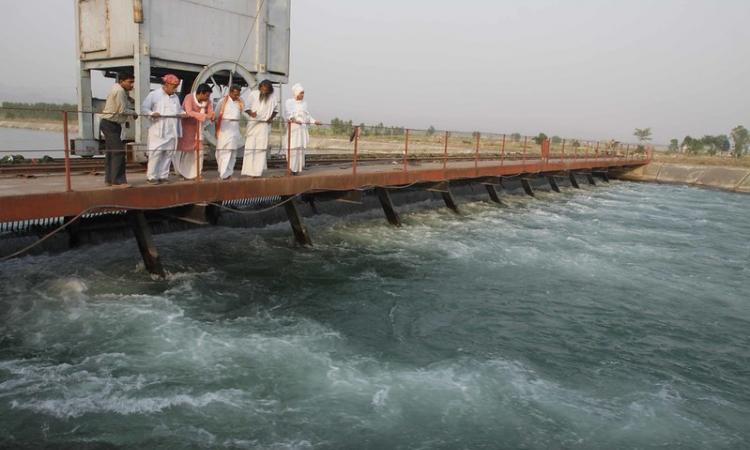
Centre approves Rs 93,000 crore to PMKSY, Renuka ji and Lakhwar
Jal Shakti Ministry has approved a budget of over 93,000 crore for the Pradhan Mantri Krishi Sinchayee Yojana (PMKSY) for the period 2021-26 and a grant of 90 percent for two national projects: Renuka ji dam in Himachal Pradesh and Lakhwar multipurpose project in Uttarakhand.
PMKSY is an ongoing flagship scheme providing central funds to the state for irrigation activities, while Renukaji and Lakhwar projects are key components of the Yamuna rejuvenation program.
As per the ministry, the two hydro projects would provide storage benefitting six states/UTs including Delhi, UP, Haryana and Rajasthan and would also benefit 22 lakh farmers in these states. (The Times of India)
Cabinet approves funding and implementation of Ken-Betwa river linking project
The Union Cabinet approved the funding and implementation of the Ken-Betwa river linking project at a cost of Rs 44,605 crore.
As part of its approval of the project, the Union Cabinet approved central support of Rs 39,317 crore, covering grants of Rs 36,290 crore and loans of Rs 3,027 crore. In addition, a Special Purpose Vehicle (SPV) called the Ken-Betwa Link Project Authority (KBLPA) will be created to implement the project with a deadline of eight years.
Under the Ken-Betwa link project, water will be transferred from Ken to Betwa river through the construction of Daudhan Dam and a canal linking the two rivers. The project envisages to provide an annual irrigation of 10.62 lakh ha, drinking water supply to a population of about 62 lakhs and also generate 103 MW of hydropower and 27 MW solar power. (The Indian Express)
Vedanthangal bird sanctuary gets a breather as TN govt withdraws proposal to reduce area
Taking note of ecological security and habitat ecology of the Vedanthangal Bird Sanctuary, the Tamil Nadu Forest Department has decided to withdraw a controversial proposal. During the previous government's rule in 2020, the Chief Wildlife Warden sought to "rationalize the existing boundary of Vedanthangal Birds Sanctuary under Section 26-A(3) of the Wildlife [Protection] Act, 1972". Consequently, the buffer zone of the sanctuary would be reduced from 5 km to 3 km around the lake.
The sanctuary is the oldest water sanctuary in the country and around 28,000 land and water birds visit it. The decision to withdraw the proposal was therefore taken in order to protect the sanctuary from any commercial expansion in the future.
(The Indian Express)
Centre urges Supreme Court to modify plan to protect Great Indian Bustard
The three central ministries -- Environment and Forest, New and Renewable Energy, and Power -- have jointly approached the Supreme Court to modify its order to put underground high-transmission power lines in Rajasthan and Gujarat. An order was passed to protect the Great Indian Bustard from overhead power lines because they were believed to be the cause of the birds' decline in population.
According to the ministries' modification application, the decision was made without "adequate consideration of their implication and implementation" and that it would be "counterproductive to India's climate change related goals".
Additionally, the ministries pointed out that ungrounding cables and maintaining them would be an expensive process and would impede efforts to harness renewable energy in the area. (The Print)
IIT Roorkee signs MOU for stabilization of navigational channel along the Ganga river
IIT Roorkee and the Inland Waterway Authority of India (IWAI), Noida, have signed a memorandum of understanding (MoU) to carry out the Stabilisation of the Navigational Channel at 17 locations along a stretch of the Ganga river from Varanasi to Sahibganj.
This project is a part of the ongoing Jal Marg Vikas Project (JMVP) of IAWI which aims to develop a channel for augmentation of navigation capacity on National Waterway-1 using eco-friendly techniques.
The work would help in preventing shifting of deeper channels, siltation resulting in formation of secondary channels, erosion of banks and other factors affecting the depth of flow in the main navigable channel. (India Today)
This is a roundup of important policy matters from December 8 – 19, 2021. Also, read news this fortnight.